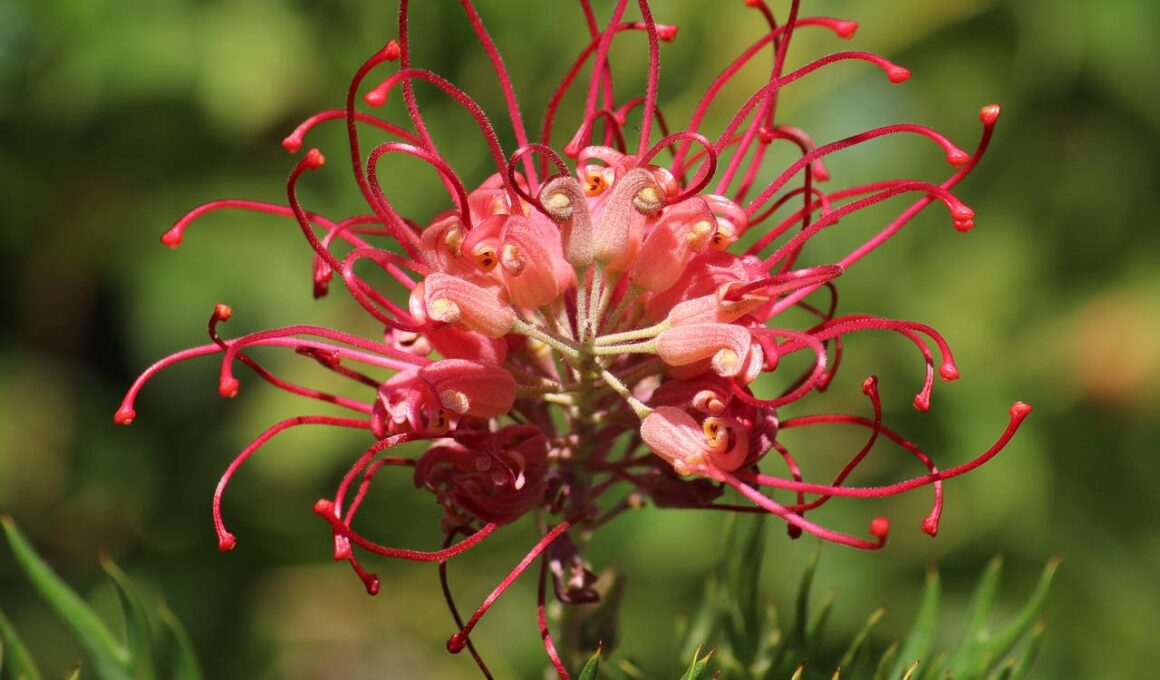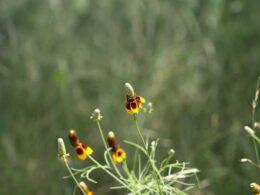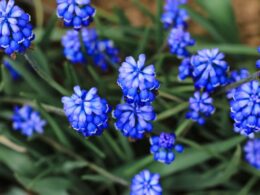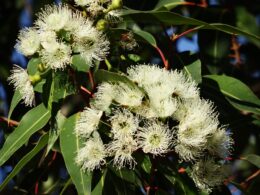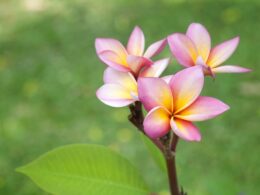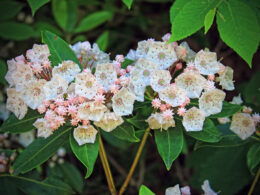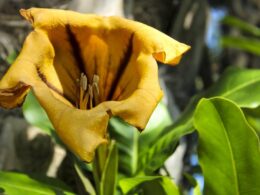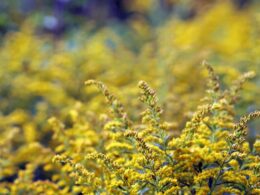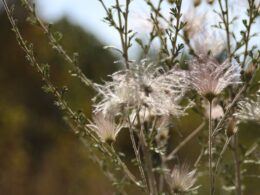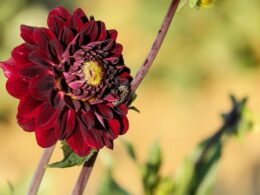What Is a Spider Flower? Names, Characteristics and Origin
The spider flower (Cleome hassleriana), is an annual plant that blooms in shades of pink, purple, and white. It’s native to southern South America; notably Argentina, Paraguay, Uruguay, and Brazil. Today, it can also be found in the wild in India and Bangladesh.
The spider flower gets its name from its spider-like appearance with long stamens that protrude from the center of the flower. Other common names are pink queen and grandfather’s whiskers.
Spider flowers bloom from early summer until frost. They make excellent cut flowers and will last up to a week in a vase. Each blossom has 4 petals. The leaves are green and lance-shaped with a toothed margin, similar to cannabis leaves. The flowers grow on hairy, spindly stems that can reach up to 5 feet tall.
How to Grow Spider Flowers from Seeds?
Growing spider flowers outdoors in USDA hardiness zones 9-11 is easy and only takes a few weeks. Cold stratify the seeds during the winter, then sprinkle them out in your garden once all danger of frost has passed. Seedlings will appear in about 10 days. Alternatively, you could sow the seeds indoors about 6-8 weeks before the last frost date in your area.
Spider flowers aren’t particular about soil type, as long as it’s well-drained and acidic to neutral. They prefer full sun and moderate amounts of water – the soil should always be moist but not soggy. These plants will self-seed readily, so you may have spider flowers in your garden for years to come with little effort on your part!
How to Care for Spider Flowers?
Once the plants are established, they’re quite drought tolerant and don’t need much supplemental watering. If you water and fertilize them too much, they’ll grow leggy. In windy locations, spider flowers may need staking. If you want them to grow short and bushy, you can pinch them back when they’re young.
These plants aren’t prone to pests or diseases, except for the occasional flea beetles or cabbageworm caterpillars feeding on their foliage. Deer and rabbits will avoid your spider flowers. They have a sticky texture, so you may want to handle them with gloved hands.
What Varieties of Spider Flowers Are There?
There are many varieties of spider flowers, and some are better known than the others. For example, there’s a series of ‘Queen’ cultivars selected for their colors, consisting of ‘Violet Queen,’ ‘Rose Queen,’ and ‘White Queen.’ There’s also the notable ‘Helen Campbell,’ which has gained the Royal Horticultural Society’s Award of Garden Merit in the UK.
The above cultivars belong to the species Cleome hassleriana, but there are a few other species worth mentioning.
- Cleome Señorita Rosalita® is a hybrid species of spider flower that produces beautiful pink blooms. It’s unique because it doesn’t self-seed, isn’t sticky or thorny, and its lower foliage doesn’t fall off. Still, it resists deer, and it will attract birds and butterflies to your garden.
- Cleome spinosa is another species of spider flower that’s popular among gardeners. It’s a short-lived perennial in USDA zones 11 and 12, so it’ll need to be replanted every year in most areas. However, it’s well worth the effort because it produces stunning, fragrant blooms that are pink, purple, or white.
- Cleome serrulata, known as stinking-clover or bee spider-flower among other names, is worth mentioning for its medicinal and culinary uses. It has been used as food in the southwestern U.S. since prehistoric times. In traditional Native American medicine, it serves to soothe stomach troubles.
Try Growing Cleome Plants in Your Garden – It’s Easy!
As you can see, spider flowers are an easy-to-grow plant. They’re perfect for filling in bare spots in your garden or adding color to a mixed border. They’ll seed themselves year after year, and they’ll attract hummingbirds and butterflies. So why not give them a try?





